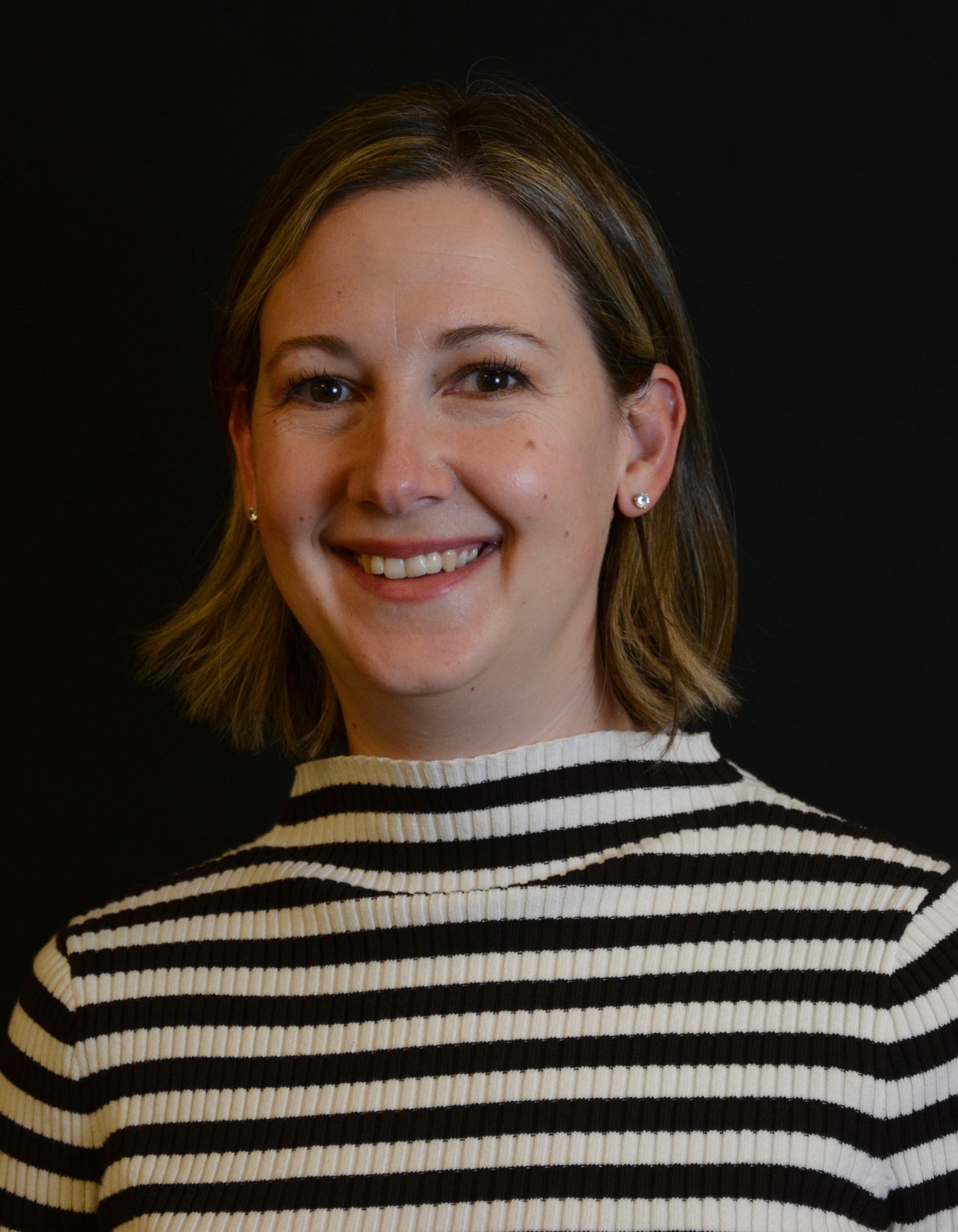
Published in Survivor Stories

Melissa K.
Trauma Survivor, Mom of 2.
February 13, 2025
Learning to Feel Again, One Step at a Time
I'm a single mom who spent 8 years on autopilot.
For years, I thought I had moved on from my past. I was raising two kids, working full-time, and doing everything I could to give them a better life than the one I had growing up. I barely had a moment to breathe between school drop-offs, meetings, grocery runs, and homework help.
And honestly? I preferred it that way.
If I stayed busy enough, I didn’t have to feel anything.
I grew up in a house where survival meant staying quiet. Then I married someone who made me feel small in a different way—one that was more insidious, harder to explain. When I finally left, I thought that would be the end of it. But trauma doesn’t just disappear because you escape the situation.
For a long time, I functioned on autopilot.
I’d wake up early, pack lunches, answer emails, go to meetings, help with homework, clean up dinner, and collapse into bed at night—only to do it all again the next day. I barely registered my own exhaustion, let alone my emotions.
But then, out of nowhere, I’d get triggered—usually when I had to see my ex at kids’ events. My heart would start racing, my stomach would knot up, and suddenly, I was back there. My hands would shake on the steering wheel, my breath would come in short gasps, and all I could think about was getting away as quickly as possible. It would throw me off for days. Sometimes I’d have to call in sick for work. I’d snap at the kids over nothing.
I told myself therapy wasn’t an option. I couldn’t justify the time or the cost when my kids needed me. I was really skeptical about what an app would be able to do, but I was also willing to try anything if I could fit it into my day. The lessons are short, and they really made me think. Instead of running from what I felt, I started paying attention. It was uncomfortable at first. Letting myself feel—even in small moments—felt foreign.
Some days, all I could manage was a few minutes.
Other days, I could spend more time on the exercises or storytelling parts. I started noticing patterns—when I numbed out, when I felt hyper-alert, when I needed comfort but didn’t know how to ask for it. Slowly, I learned how to be with myself instead of avoiding everything.
Healing didn’t look like I expected. It wasn’t about carving out extra time I didn’t have—it was about using the time I did have differently. And some days, it’s still messy. But for the first time in years, I feel like I’m really here, present with my kids, instead of just getting through the day.
For years, I thought I had moved on from my past. I was raising two kids, working full-time, and doing everything I could to give them a better life than the one I had growing up. I barely had a moment to breathe between school drop-offs, meetings, grocery runs, and homework help.
And honestly? I preferred it that way.
If I stayed busy enough, I didn’t have to feel anything.
I grew up in a house where survival meant staying quiet. Then I married someone who made me feel small in a different way—one that was more insidious, harder to explain. When I finally left, I thought that would be the end of it. But trauma doesn’t just disappear because you escape the situation.
For a long time, I functioned on autopilot.
I’d wake up early, pack lunches, answer emails, go to meetings, help with homework, clean up dinner, and collapse into bed at night—only to do it all again the next day. I barely registered my own exhaustion, let alone my emotions.
But then, out of nowhere, I’d get triggered—usually when I had to see my ex at kids’ events. My heart would start racing, my stomach would knot up, and suddenly, I was back there. My hands would shake on the steering wheel, my breath would come in short gasps, and all I could think about was getting away as quickly as possible. It would throw me off for days. Sometimes I’d have to call in sick for work. I’d snap at the kids over nothing.
I told myself therapy wasn’t an option. I couldn’t justify the time or the cost when my kids needed me. I was really skeptical about what an app would be able to do, but I was also willing to try anything if I could fit it into my day. The lessons are short, and they really made me think. Instead of running from what I felt, I started paying attention. It was uncomfortable at first. Letting myself feel—even in small moments—felt foreign.
Some days, all I could manage was a few minutes.
Other days, I could spend more time on the exercises or storytelling parts. I started noticing patterns—when I numbed out, when I felt hyper-alert, when I needed comfort but didn’t know how to ask for it. Slowly, I learned how to be with myself instead of avoiding everything.
Healing didn’t look like I expected. It wasn’t about carving out extra time I didn’t have—it was about using the time I did have differently. And some days, it’s still messy. But for the first time in years, I feel like I’m really here, present with my kids, instead of just getting through the day.
For years, I thought I had moved on from my past. I was raising two kids, working full-time, and doing everything I could to give them a better life than the one I had growing up. I barely had a moment to breathe between school drop-offs, meetings, grocery runs, and homework help.
And honestly? I preferred it that way.
If I stayed busy enough, I didn’t have to feel anything.
I grew up in a house where survival meant staying quiet. Then I married someone who made me feel small in a different way—one that was more insidious, harder to explain. When I finally left, I thought that would be the end of it. But trauma doesn’t just disappear because you escape the situation.
For a long time, I functioned on autopilot.
I’d wake up early, pack lunches, answer emails, go to meetings, help with homework, clean up dinner, and collapse into bed at night—only to do it all again the next day. I barely registered my own exhaustion, let alone my emotions.
But then, out of nowhere, I’d get triggered—usually when I had to see my ex at kids’ events. My heart would start racing, my stomach would knot up, and suddenly, I was back there. My hands would shake on the steering wheel, my breath would come in short gasps, and all I could think about was getting away as quickly as possible. It would throw me off for days. Sometimes I’d have to call in sick for work. I’d snap at the kids over nothing.
I told myself therapy wasn’t an option. I couldn’t justify the time or the cost when my kids needed me. I was really skeptical about what an app would be able to do, but I was also willing to try anything if I could fit it into my day. The lessons are short, and they really made me think. Instead of running from what I felt, I started paying attention. It was uncomfortable at first. Letting myself feel—even in small moments—felt foreign.
Some days, all I could manage was a few minutes.
Other days, I could spend more time on the exercises or storytelling parts. I started noticing patterns—when I numbed out, when I felt hyper-alert, when I needed comfort but didn’t know how to ask for it. Slowly, I learned how to be with myself instead of avoiding everything.
Healing didn’t look like I expected. It wasn’t about carving out extra time I didn’t have—it was about using the time I did have differently. And some days, it’s still messy. But for the first time in years, I feel like I’m really here, present with my kids, instead of just getting through the day.
About Rebound
Rebound is an app designed to help you recover after trauma. It was built by trauma survivors and psychologists to help your brain and body get out of Survival Mode.
Continue Reading

